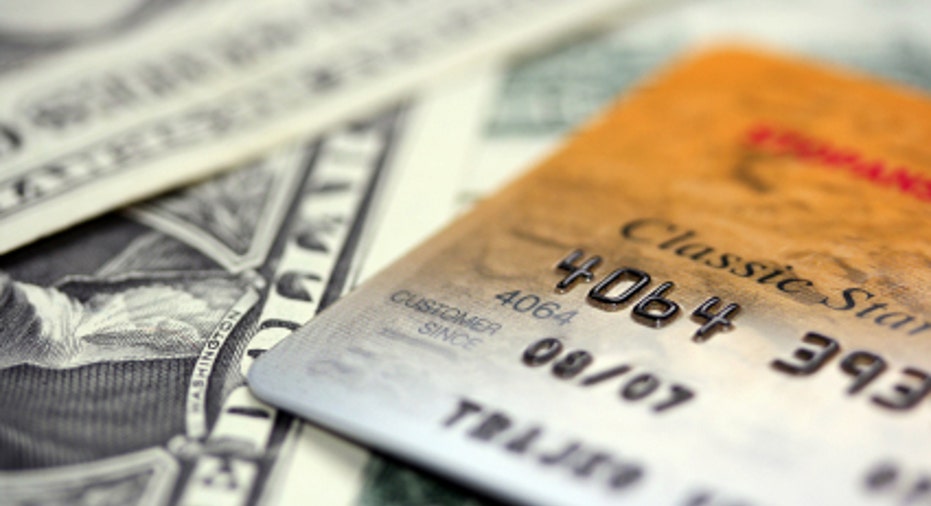Rates Remain Locked at 14.96%

Interest rates on new credit card offers remained stuck at 14.96% Wednesday, according to the CreditCards.com Weekly Credit Card Rate Report.
This is the sixth consecutive week that the national average annual percentage rate (APR) remained unchanged.
Most credit card issuers left interest rates alone this week. Chase tested a new Web offer on the Chase Slate card. However, the issuer's most recent offer -- which is 1 percentage point above its earlier rate -- didn't affect the national average because the card's lower rate offer is still available.
Previously, applicants who accessed the Slate card online were offered an APR range of 11.99% to 21.99%. Now, some applicants may be offered a slightly higher range of possible APRs, starting at 12.99% and topping out at 22.99%.
Credit card issuers frequently test new online offers by temporarily offering multiple rates.
New credit reaches 5-year high Over the past several months, credit card issuers have gradually stepped up their marketing efforts and have courted new cardholders more aggressively than they did in 2012.
Over the first six months of 2013, for example, issuers mailed 23% more credit card offers than they did in the first six months of 2012, according to the market research firm Mintel Comperemedia.
New data released July 25 by the consumer reporting agency Equifax suggests that issuers' renewed efforts to attract more cardholders is working. So far, issuers have made 6% more new loans in the first half of 2013 than they did during the same period in 2012.
In addition to approving more cardholders, issuers are also being less stingy with the amount of credit they're willing to give. Thanks to higher credit limits and a larger number of new accounts, the total amount of new credit being issued to new and current cardholders is now at its highest point since 2008, according to Equifax.
Between January 2013 and April, issuers approved about $62 billion in new credit -- up from $58 billion in the first four months of 2012.
The total amount of available credit that issuers are approving these days is a big step-up from the first few years following the 2008 financial crisis, when issuers sharply reduced the amount of credit they were willing to lend. According to Equifax, issuers approved 74% more credit in the first four months of 2012 than they did during the same period in 2010.
Private sector job openings on the rise Card issuers are being more generous in part because the jobs situation for U.S. consumers appears to be on an upswing.
In the first six months of 2013, for example, employers added approximately 1.2 million new jobs to the economy, according to the Labor Department's most recent estimates.
Private sector employers, in particular, are creating significantly more new jobs this year than they did in the first years after the Great Recession.
In July, private sector employers added 200,000 new jobs, according to a report released July 31 by the payroll processing firm ADP. In June, private employers added just slightly fewer jobs: 198,000.
Jobs in which workers provide a service, rather than produce some kind of good, made up the majority of new jobs added to the economy this month. Manufacturing jobs declined by 5,000 in July. All other industries added jobs, according to the report.
"Job growth remains remarkably stable," said Moody's analytics economist Mark Zandi in a press release accompanying the report. "Businesses are adding to payrolls in most industries and across all company sizes. The job market has admirably weathered the fiscal head winds, tax increases and government spending cuts. This bodes well for the next year when those head winds are set to fade."
See related: Average credit card debt? Take your pick



















